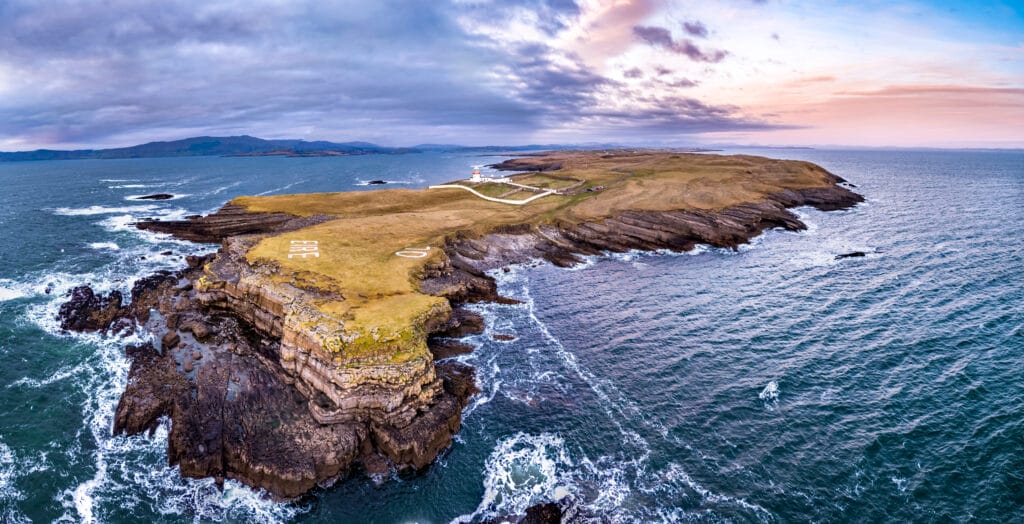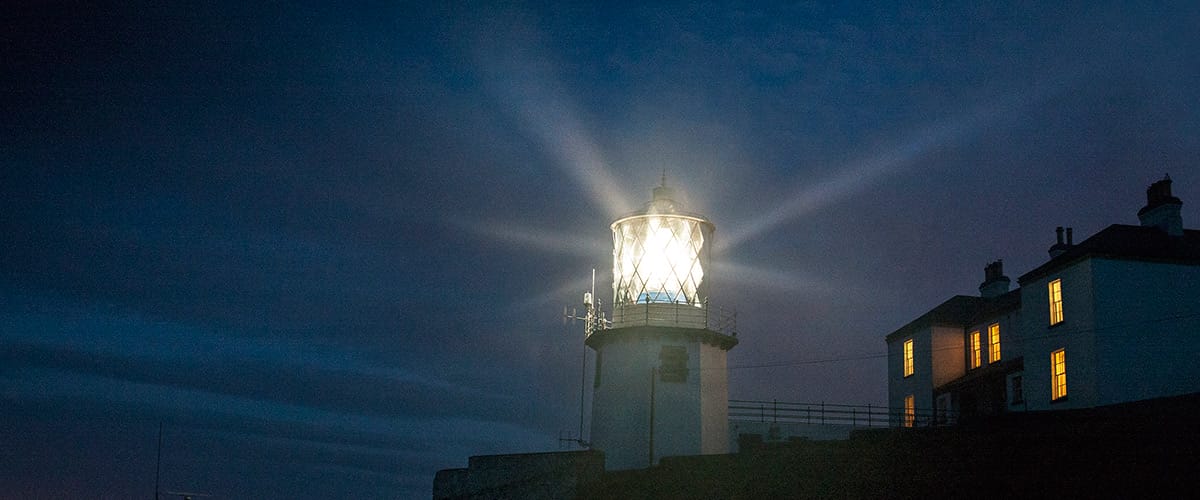Shipwrecks
With over 15,000 shipwrecks, large and small, lying in the waters round the island of Ireland, there’s history beneath the water.
There are more than 15,000 shipwrecks, large and small, lying in the waters round the island of Ireland. Some are the stuff of legend, some mark huge loss of life. At least one is a tale of significant lost treasure. Certainly, each holds a story beneath the waves.
Spanish Armada
In 1588, 130 ships of the Spanish Armada were sent by Philip II of Spain to invade England and overthrow Queen Elizabeth I. However, after a series of setbacks, the Spanish fleet was defeated at the Battle of Gravelines. As the ships set out to return to Spain via the North Atlantic, severe storms drove them off course towards Ireland. Up to 24 ships of the Armada were wrecked on the rocky coastline from Antrim in the north to Kerry in the south. Three of the biggest ships were wrecked on Streedagh Strand, near St John’s Point Lighthouse, County Donegal on the Wild Atlantic Way.
Some of the survivors managed to flee to Scotland, but with Ireland under British rule at the time, many were put to death. However, given the appearance of dark-haired, brown-eyed children in the west and north of Ireland, it is presumed that some sailors survived and thrived!

RMS Lusitania
A more recent shipwreck is the RMS Lusitania, which was torpedoed by a German submarine on May 7th 1915. Despite the best of efforts of lightkeepers and crews from Galley Head and Kinsale in County Cork, one of the largest, fastest and most luxurious ships in the world sank in only 18 minutes with the loss of 1,198 lives. The wreck of the Lusitania lies at 51°25′N 8°33′W, about 91 metres underwater and approximately 18km south of Galley Head.
Other shipwrecks provide a window into a time in which very different things held value and warranted long-distance trade. In 1890 a shipment of preserved fish was wrecked, in 1897 a boat full of china clay went down and a ship with a cargo of molasses was lost in 1915.

Parrots and Lost Gold
Sometimes shipwrecks really are a Hollywood-worthy story. In 1812, the HMS Saldanha was shipwrecked. The only survivor was the ship’s parrot, bearing a silver collar inscribed with the ship’s name. This disaster actually prompted the development of a lighthouse at Fanad Head. In 1917, the British Navy ship SS Laurentic hit two mines just at the entrance to Lough Swilly in County Donegal. The ship had a secret cargo of 3,211 gold bars worth £5 million (over €410 million today). In the right conditions, you can even dive to the wreck. And perhaps search for the 22 gold bars that have yet to be found…

Titanic’s Northern Irish Origin
Of all the legendary ships to have met a disastrous fate, the RMS Titanic is of course the most famous. And whilst she wasn’t shipwrecked anywhere near any of Great Lighthouses of Ireland, she was a product of the heyday of Belfast shipbuilding and did her sea trials in the waters around St John’s Point Lighthouse, County Down and sailed past Blackhead Lighthouse in County Antrim on her maiden voyage. Titanic’s story is chronicled in the impressively interactive Titanic Museum in Belfast, Northern Ireland.

Indeed, shipwrecks make great stories. They fire our imaginations, inspire tall tales and ballads and still see us flock to the coast in the hopes of a glimpse at history.
Find out more about the importance of lighthouses in marine navigation and the men who made those lights shine.


